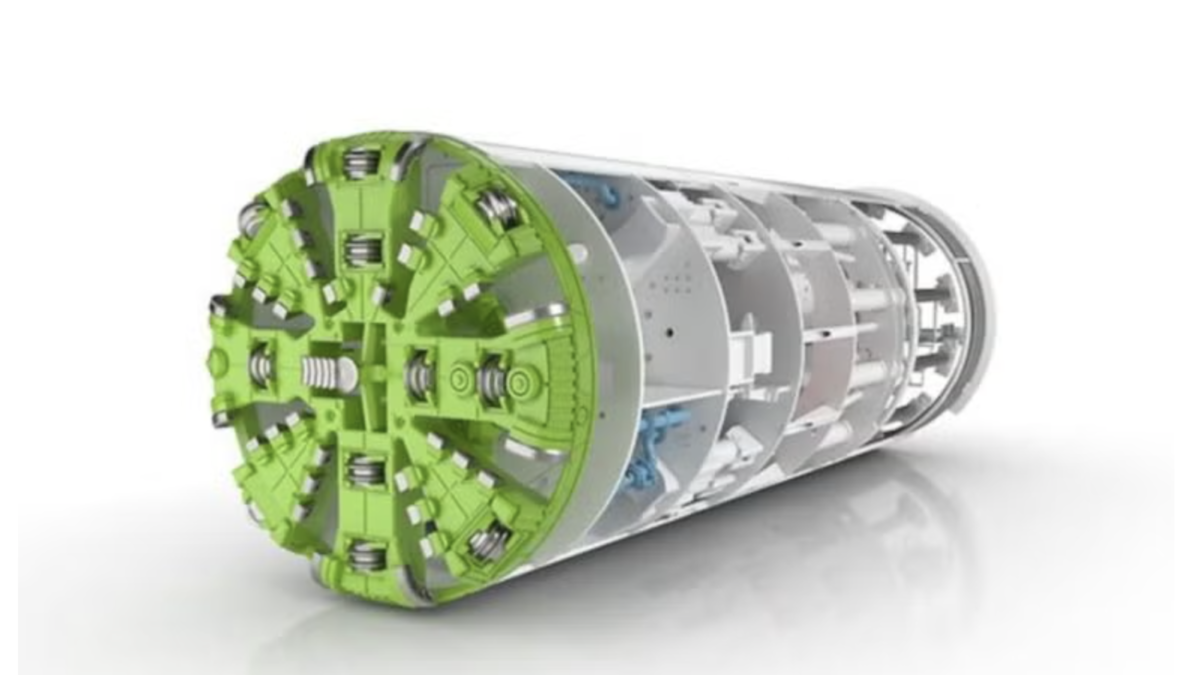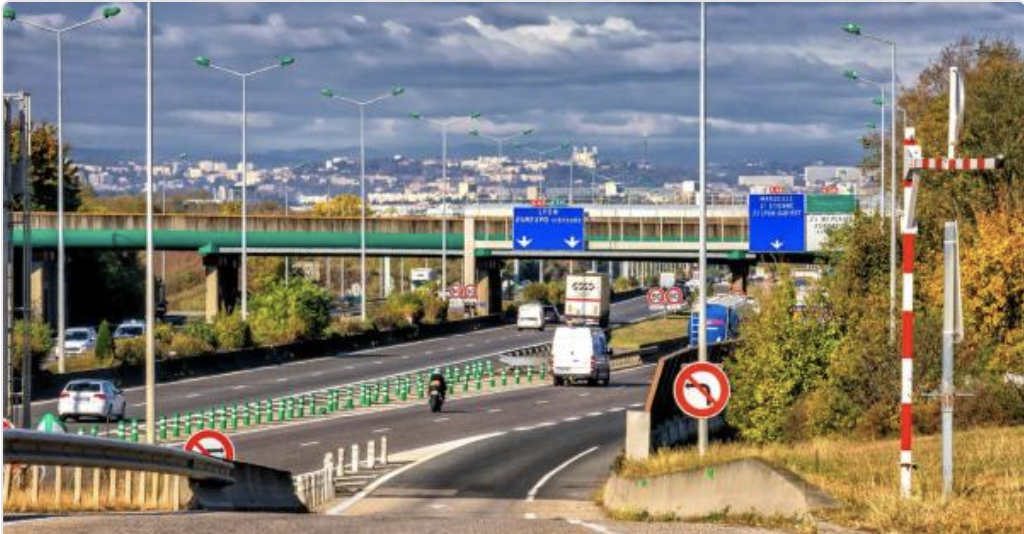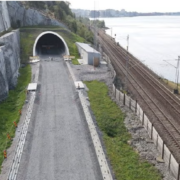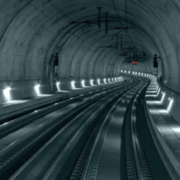
Following completion of the micro tunnel boring machine Domenica’s second drive on Watercare’s Central Interceptor, which is New Zealand’s largest wastewater project, and ahead of schedule landmark has been achieved in this project.
Delivery of the works on the Central Interceptor scheme, is currently done by the Ghella Abergeldie Joint Venture (GAJV), while its micro tunnel boring machine (MTBM) Domenica recently broke through to the Haycock Avenue shaft, 30m beneath the ground in Mt Roskill, after traveling 715m from Dundale Avenue.
Since Domenica commenced its journey in July last year, this was the second and shortest drive so far, whereas the MTBM is laying a 2.1m diameter branch sewer pipe to link to the main wastewater tunnel, or the Central Interceptor.
According to Watercare executive program director Shayne Cunis: “The drive was completed efficiently, safely, and ahead of schedule. The tunneling crew learned a lot from the first drive and achieved breakthrough almost a month ahead of schedule.”
He also added: “At one point, Domenica was tunneling 22m and laying seven pipe rings per day – which is 25% faster than our first drive.”
Benefiting from double skips, was one of the innovations seen this time, which meant twice as much spoil could be removed from the shaft.
In order to start tunneling again to Miranda Reserve, Avondale, which is just under 1.2km away, Domenica is due to be lifted out of the shaft and refurbished before being lowered into the Dundale Avenue shaft. As one of the longest single drives by an MTBM in New Zealand, this will be the longest MTBM drive on the project.
Additionally, in August 2021 excavation process of the 14.7km long main tunnel from a site next to the Māngere Wastewater Treatment Plant, was commenced by the 5.4m diameter main tunnel boring machine (TBM) called Hiwa-i-te-Rangi.
Due to the Covid-19’s pandemic the process of this project faced some delays in March, so since then the machine has been traveling almost 16m and installing six to eight tunnel segment rings per day. Locating 35m underneath Ambury Regional Park now, the TBM is going to begin crossing the Manukau Harbour in August, before reaching Grey Lynn in 2026.
The scheduled date for completion of this project is 2026, and the overall project is expected to significantly decrease wet weather wastewater overflows into central Auckland waterways.
















